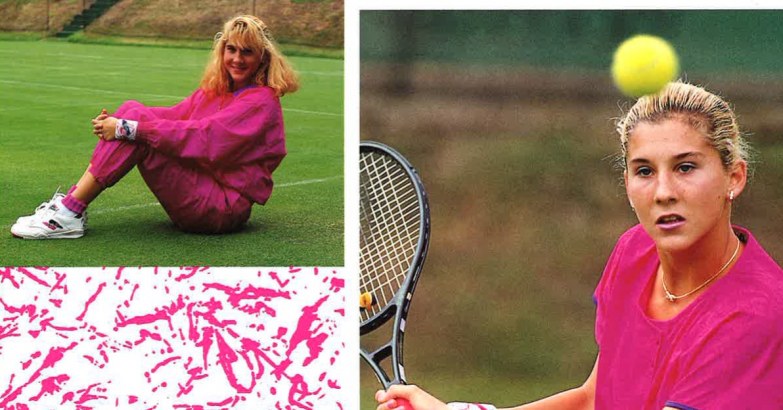COLOR PALETTE: PINK
In a popular scene from Reservoir Dogs (1992), the cinematic debut of Quentin Tarantino, the members of a gang squad choose their nicknames relying on colors: one of them, played by a young Steve Buscemi, protests for being named Mr Pink, claiming that such color does not fit his criminal attitude. Who knows if, thirty years later, the director would shoot that scene in the same way, especially in 2023, a year marked another movie, Barbie by Greta Gerwig, that gained global success (also) thanks to pastel scenographies, costumes and special effects that gave new popularity to a fascinating shade.
A 2018 analysis of 1.1 billion years old rocks revealed the presence of bright-pink pigments, coming from oceanic cyanobacteria: this discovery could suggest that it could be the most ancient color on Earth. What we know for sure is that almost 9,000 years ago, in the Andine Mountains, fierce hunters from what is now Peru wore tailored leather clothing with a pink hue that derived from red ochre, an iron oxide pigment that is one of the oldest natural pigments used by humans. The same material was then adopted by ancient Egyptians, who used to tint their lips and cheeks providing for a sort of early make-up. However, the strongest social and cultural change happened in France, in the 18th century, when noble persons, after noticing that the middle classes could have access to bright, reliable colors, wanted pastels. A ‘testimonial’ of that era, Madame de Pompadour, the mistress of Louis XV, who used such color as a signature, inspiring painters and a French porcelain company, Sèvres, that in 1757 created a shade of pink still known as Rose Pompadour.
The connection between the color and the feminine sphere is more recent than what we would expect: many portraits of gentlemen from the 18th and the 19th century present pastel clothes, and in Francis Scott Fitzgerald’s The Great Gatsby (1925), the leading character is a dandy who shows up wearing powder pink suits (including Robert Redford and Leonardo DiCaprio, who both played the same character on the big screen). Things started to change between the 1930s and 1940s, when men began wearing bright, dark tones taken from the business sphere, while the domestic sphere found itself in a pastel colors universe. Such strong fractures didn’t last too much: the feminist movements of the Sixties harshly protested against a vision of women that was defined as too gentle, weak and inspired by childhood.
What about fashion? The FILA archive presents a lot of pink shades, featured without limits in terms of gender or age. Pastel tones define the WHITE LINE tennis era (1973): the attention towards female players was highlighted by suits that were perfect for athletic performance and caught one’s attention at the same time. Among the most appealing ambassadors of that era we find tennis player Monica Seles, who inspired and embodied a unique style, made of fucsia triacetate tracksuits between the late 80s and the early 90s. Last, if it comes to pink, we cannot mention the Maglia Rosa cycling t-shirt, worn in 1998 by Marco Pantani to take over the Giro d’Italia route. A victory that is still in all sports lovers’ hearts.
Back to the articles!Leave a Reply


